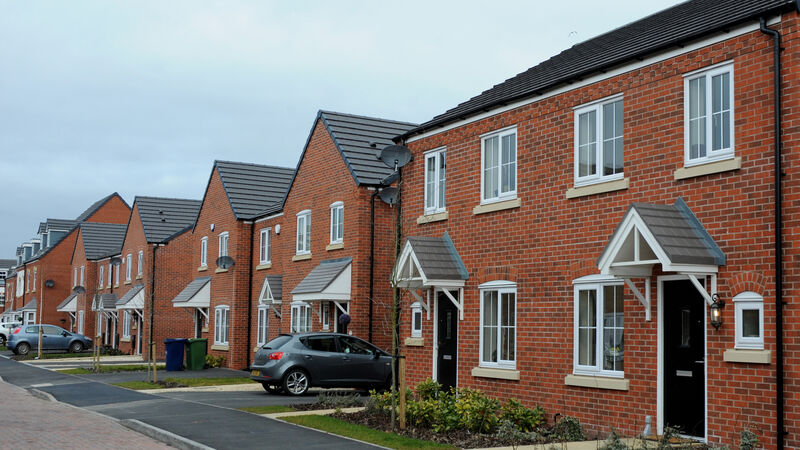Social and affordable housing measures 'lack transparency', charity warns

Part V housing is a mechanism by which local authorities acquire land from developers at the cost of the time of planning permission for the purpose of social or affordable housing. File picture
The current Part V housing measures “lack transparency” and feature “inadequate systems for negotiating, verifying, and auditing financial arrangements”, a new report states.
Part V housing is a mechanism by which local authorities acquire land from developers at the cost of the time of planning permission for the purpose of social or affordable housing.
Analysis of the system, published by Clúid Housing on Thursday, found that between 2002 and 2020, a total of 19,302 dwellings were provided through the Part V mechanism.
Of those, 52% (9,534) were affordable purchase; 29% (5,709) local authority social rented and 19% (3,789) Approved Housing Body (AHB) rented.
Over the same time, a total of 70,574 new-build social rented homes were built, meaning Part V social, rented units account for 13.4% of the total.
Since the reform of Part V in 2015, it has supplied on average one-fifth of new-build social rented housing.
However, the report, compiled by Declan Redmond, associate professor at UCD, architect Mel Reynolds, and Orla Hegarty, architect and assistant professor at UCD, highlighted a number of issues with the system.
It found the lack of information and official guidance results in "uncertainty, delay and additional administrative cost for all stakeholders".
The research identifies opportunities for considerable savings and a reduction in the administrative burden through standardisation and better systems of oversight.
The report makes a number of recommendations to improve the mechanism and increase the provision of these homes.
It acknowledges the Government’s Housing for All plan makes a commitment to increase the yield from Part V, meaning 20% of developments must be earmarked for social and affordable housing, up from the 10% it is currently.
In addition to that change, it also calls for the roles of AHBs to be strengthened, for Part V to be applied to cost-rental housing, to standardise costs and to zone lands solely for social and affordable housing.
Clúid also recommends the efficiency and effectiveness of Part V should be improved through due diligence, process issues, establishing shared services, increased transparency and certainty and the implementation of standardisation and quality controls.
James O’Halloran, Clúid Housing’s senior supply team manager, welcomed the Government’s commitment to increase the yield to 20%.
“Half of the provision must be used for social housing support and the remainder can be used for affordable purchase and cost rental housing,” he said.
“In the midst of a housing crisis, this increased Part V contribution will be a crucial component in increasing housing supply and creating mixed tenure communities.”
Declan Redmond, co-author of the report, said it illustrated that Part V had made a “modest contribution” to the provision of social and affordable housing.
“But it should be borne in mind that this is just one of a variety of ways of providing much-needed housing,” he added.









